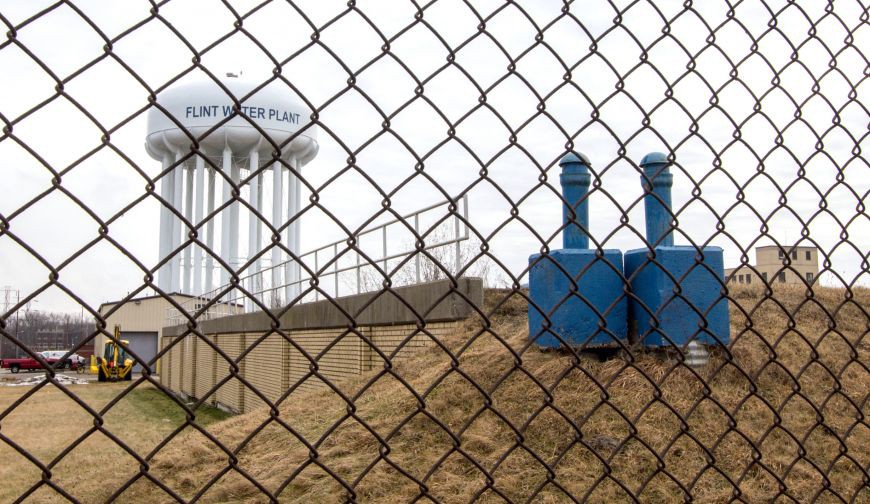
 back to all news
back to all news
Gala Case Study: Could the Flint Water Crisis Happen Somewhere Else?

The decisions and conditions that led to the water crisis in Flint, Michigan, are also present in cities across the country. To engage deeper discussion on the issue, Dr. Sara Hughes and colleagues created a new case study on Gala, the online platform developed by Michigan Sustainability Cases—which provides open access learning tools for sustainability science.
For nearly 18 months, from April 2014 to October 2015, the City of Flint delivered inadequately treated Flint River water to residents, exposing them to a range of contaminants. Experts and commentators have warned that “there are other Flints lurking in the United States” (Loiaconi 2016). Given the tragic severity of the Flint water crisis, and the increasingly apparent challenge of providing safe drinking water in U.S. cities, what lessons can Flint's experience offer to other cities and safe drinking water advocates? This case examines the decisions and conditions that led to the Flint water crisis from political, historic, and technical perspectives to discover just how common Flint's experiences have been. Is Flint an extreme case or the canary in the coal mine?

